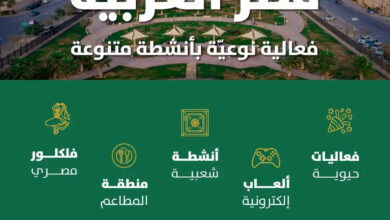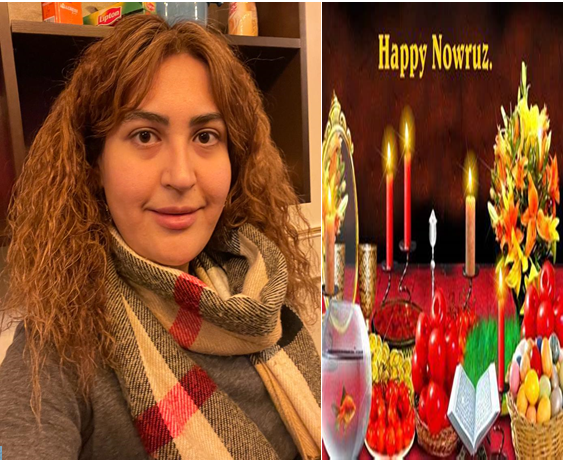
Faeseh Azizi writes
Nowruz is the national New Year festivity celebrated in Iran, Afghanistan, and the Kurdish regions of Iraq, Turkey and Syria, and throughout Central Asia.
With roots going back to at least 3,000 years, Nowruz is one of the oldest festivals that is still marked by humans.
The event is a springtime celebration whose activities symbolise rebirth and the link between humans and nature. The Iranian poet Saadi (1210-1291) wrote: “Awaken, the morning Nowruz breeze is showering the garden with flowers.”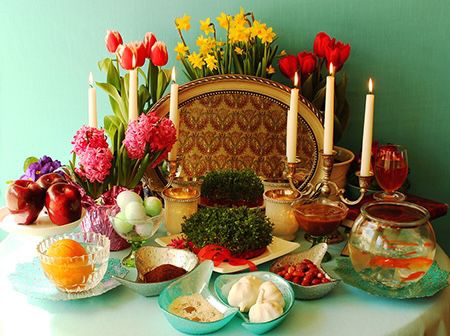
While the two-week celebrations centre on seeing relatives, picnicking, travelling, and eating traditional food, Nowruz itself – which is Farsi for New Day – is steeped in ancient myths and fiction, as well as traditions and symbols.
When is Nowruz?
It begins at the spring equinox – the moment when the sun crosses the equator and day and night are of equal length.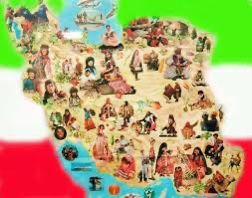
It is part of Zoroastrianism, a Persian religion that predates Christianity and Islam to the first millennium BC. It is both monotheistic – Ahuramazda, the supreme deity, is the creator of all things good – and dualistic in its teachings. In Zoroastrianism, fire and water are considered symbols of purity.
It was founded by Zoroaster (also known as Zarathustra), whose religious teachings are the foundation for Zoroastrianism.
His collections of writings are known as the Avesta.
When was Nowruz first celebrated?
Described by 11th-century Persian astronomer and poet Omar Khayyam as “the renewal of the world”, Nowruz dates back thousands of years.
A commonality across the Central Asian countries is the 24-hour preparation of sumalak, a thick pudding made from wheatgrass, as women sing folk songs while stirring huge pots. Open-air festivals showcase nomadic traditions and sports, such as horse racing, wrestling, and archery.
Preparations for Nowruz celebrations in Iran begin weeks before the start of spring, including house-cleaning (khaneh takani). Families also grow sabzeh (wheat, barley, mung bean or lentils) in a dish.
When the greens sprout after a couple of weeks, the dish is placed on the Haft-seen table, which is the focus of Nowruz observance. It is joined by six other symbolic items which start with the Persian letter “seen” or S. That makes seven, a sacred number in Zoroastrianism. They include:
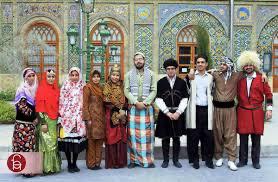 seeb (apples) – symbol of health and beauty
seeb (apples) – symbol of health and beauty
senjed (dried oleaster berries) – wisdom and rebirth
samanu (wheat pudding) – strength/justice
somaq (sumac) – patience
serkeh (vinegar) – age/patience
seer (garlic) – cleansing of body and environment
The Haft-seen spread also includes other items such as a mirror, symbolising reflection; coloured eggs, for fertility; and goldfish in a bowl, which represent life.
There is usually also a book by the Persian poet Hafez (1315-1390), or the Quran. They reflect Nowruz’s power to blend its ancient roots with more recent religious and cultural traditions.
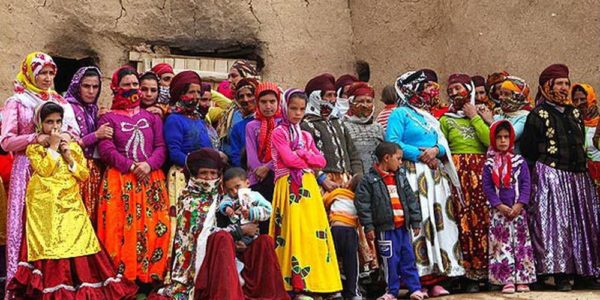 The festivities end 13 days after the New Year with Sizdeh Bedar, which can be translated as either “getting rid of 13” (a symbol of bad luck), or “to hit the road”.
The festivities end 13 days after the New Year with Sizdeh Bedar, which can be translated as either “getting rid of 13” (a symbol of bad luck), or “to hit the road”.
On Sizdeh Bedar, people head for open fields, plains, parks and riversides to picnic, taking with them the sabzeh they had meticulously grown. There, they throw the sabzeh into the river or the fields, to symbolise giving back to nature.
Schools and offices usually re-open the following day.


